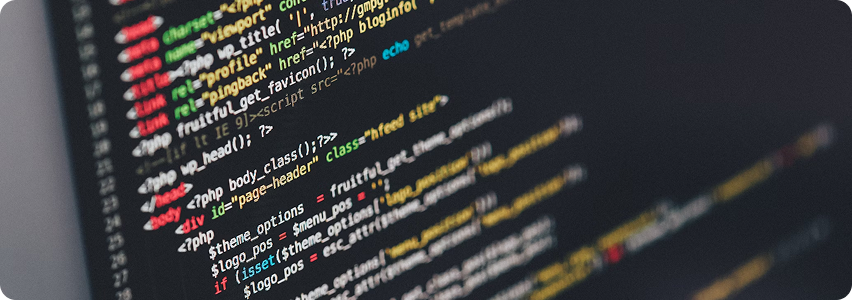
Robots in Life: From Science Fiction to Reality
Once confined to the pages of science fiction novels and blockbuster films, robots have become a transformative force in our daily lives. By 2025, breakthroughs in artificial intelligence and robotics have turned imaginative concepts into reality, reshaping how we work, live, and connect. From surgical robots delivering unparalleled precision in healthcare to smart home assistants automating chores, these technologies are redefining modern living. Businesses are leveraging robots to streamline manufacturing, optimize supply chains, and enhance customer experiences. Yet, this evolution also brings challenges, including ethical considerations, job displacement, and cybersecurity concerns. Join us as we explore how robots are transitioning from fiction to reality and how we can harness their potential to build a smarter, more sustainable future.
Introduction
Robots have long captured the human imagination, evolving from fantastical creations in science fiction to tangible technologies shaping our daily lives. From the mechanical beings in early literature to the sophisticated machines of today, robots reflect humanity’s quest to push the boundaries of innovation. This article explores the journey of robots from the pages of fiction to their real-world applications, highlighting their impact on society and what the future may hold.
The Roots of Robots in Science Fiction
The concept of robots dates back to early 20th-century literature and theater. The term “robot” itself was coined in 1920 by Czech playwright Karel Čapek in his play R.U.R. (Rossum’s Universal Robots), where artificial beings performed human tasks. Science fiction authors like Isaac Asimov further shaped the idea of robots with works like I, Robot, introducing ethical frameworks such as the Three Laws of Robotics. These stories painted robots as both helpers and potential threats, sparking debates about their role in society that continue today.
In film, classics like Metropolis (1927) and The Day the Earth Stood Still (1951) depicted robots as symbols of technological progress and cautionary tales of overreach. These fictional portrayals laid the groundwork for public fascination with robots, blending wonder with apprehension about their capabilities.
The Emergence of Real-World Robots
While science fiction dreamed of robots, real-world advancements brought them to life. The 1950s and 60s saw the development of industrial robots, like the Unimate, the first robotic arm used in manufacturing by General Motors in 1961. These machines revolutionized production lines, performing repetitive tasks with precision and efficiency.
By the late 20th century, robotics expanded beyond factories. The Roomba, introduced by iRobot in 2002, brought robots into homes as autonomous vacuum cleaners. Meanwhile, advancements in artificial intelligence (AI) enabled robots to perform more complex tasks, from surgical assistance to customer service. Today, robots are integral to industries like healthcare, agriculture, and logistics, driven by innovations in machine learning, sensors, and automation.
Robots in Everyday Life
Robots are no longer confined to labs or factories—they’re part of our daily routines. In homes, robotic assistants like Amazon’s Alexa or Google Home manage tasks, from setting reminders to controlling smart devices. In healthcare, robotic systems like the da Vinci Surgical System allow surgeons to perform minimally invasive procedures with unparalleled accuracy. In agriculture, autonomous drones and harvesters optimize crop yields, addressing food security challenges.
Service robots, such as those in retail or hospitality, are also on the rise. For example, robots in Japan’s Henn-na Hotel handle check-ins, while delivery robots navigate urban streets to bring food and packages to customers. These advancements showcase how robots are enhancing convenience and efficiency in our lives.
The Role of AI in Modern Robotics
Artificial intelligence is the backbone of modern robotics, enabling machines to perceive, learn, and adapt. AI-powered robots can process vast amounts of data, recognize patterns, and make decisions in real time. For instance, self-driving cars rely on AI to navigate complex environments, while humanoid robots like Boston Dynamics’ Atlas demonstrate advanced mobility and interaction capabilities.
AI also raises ethical questions, echoing science fiction’s concerns. Issues like job displacement, privacy, and the potential for autonomous decision-making in critical situations are at the forefront of discussions about robotics’ future.
Challenges and Ethical Considerations
As robots become more integrated into society, challenges arise. Automation has led to fears of job losses in sectors like manufacturing and transportation. Ethical dilemmas, such as the use of robots in warfare or caregiving, spark debates about accountability and human connection. Ensuring robots are safe, secure, and aligned with human values is a priority for researchers and policymakers.
Public perception also plays a role. While some embrace robots as tools for progress, others worry about dependency or loss of agency. Striking a balance between innovation and responsibility will shape how robots evolve in the coming decades.
The Future of Robotics
The future of robotics is poised for transformative growth. Advances in soft robotics, inspired by biological systems, promise more flexible and adaptable machines. Swarm robotics, where multiple robots collaborate, could revolutionize disaster response and exploration. Meanwhile, human-robot collaboration is expected to grow, with robots working alongside humans in workplaces and homes.
Emerging technologies like quantum computing and neuromorphic chips may further enhance robots’ capabilities, making them more autonomous and intelligent. As these advancements unfold, the line between science fiction and reality will continue to blur, bringing us closer to a world where robots are seamless partners in human endeavors.
Conclusion
From the imaginative realms of science fiction to the practical applications of today, robots have undergone a remarkable evolution. They’ve transitioned from fantastical concepts to indispensable tools, reshaping industries and lifestyles. As we stand on the cusp of a robotic revolution, the challenge lies in harnessing their potential while addressing ethical and societal implications. The journey of robots is far from over—it’s a story of innovation, adaptation, and the enduring human drive to create a better future.
Search
Search blogs to explore the vast world of online content on a myriad of topics.
Category
Recent Posts
Keywords
- Robots
- Robotics in 2025
- Science fiction robots
- Real-world robotics applications
- AI-powered robots
- Autonomous robots in daily life
Sign up now
Subscribe to our newsletter to receive daily updates on our blog
 1/1 Hoang Viet Street, Tan Son Nhat Ward, Ho Chi Minh City, Vietnam |
1/1 Hoang Viet Street, Tan Son Nhat Ward, Ho Chi Minh City, Vietnam |
 cskh@eznet.com.vn |
cskh@eznet.com.vn |
 +84938574646
+84938574646









